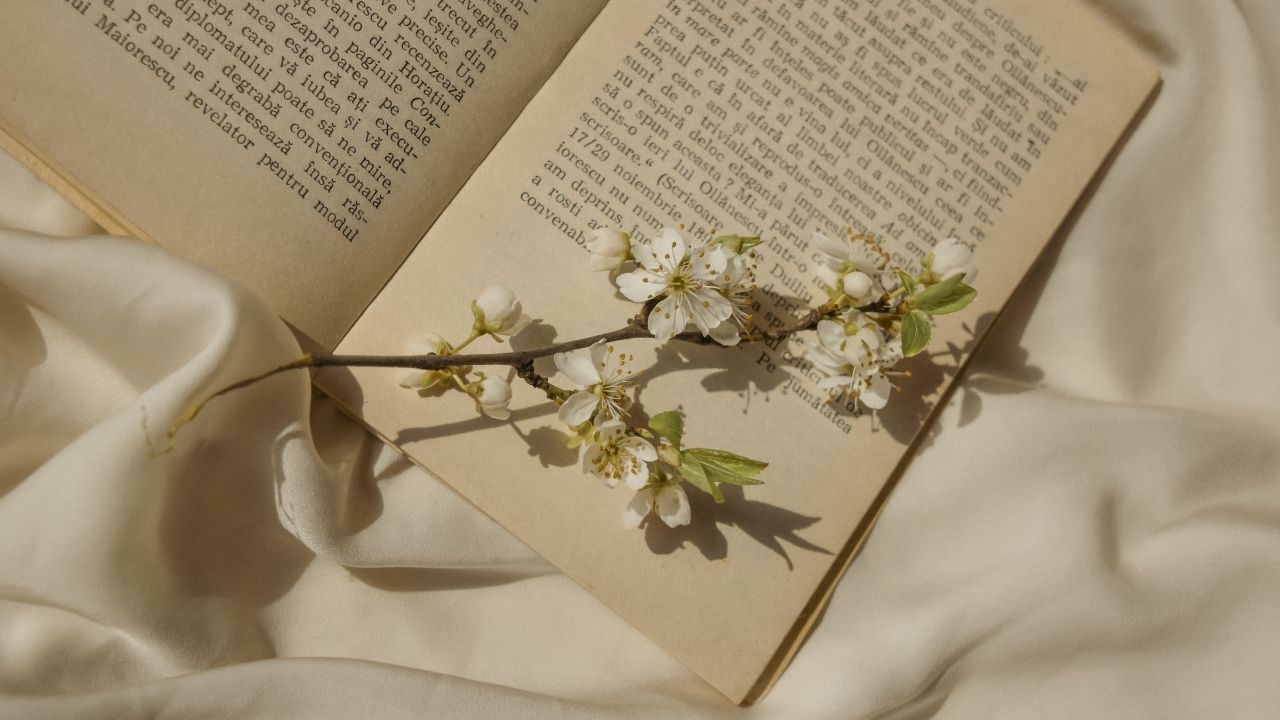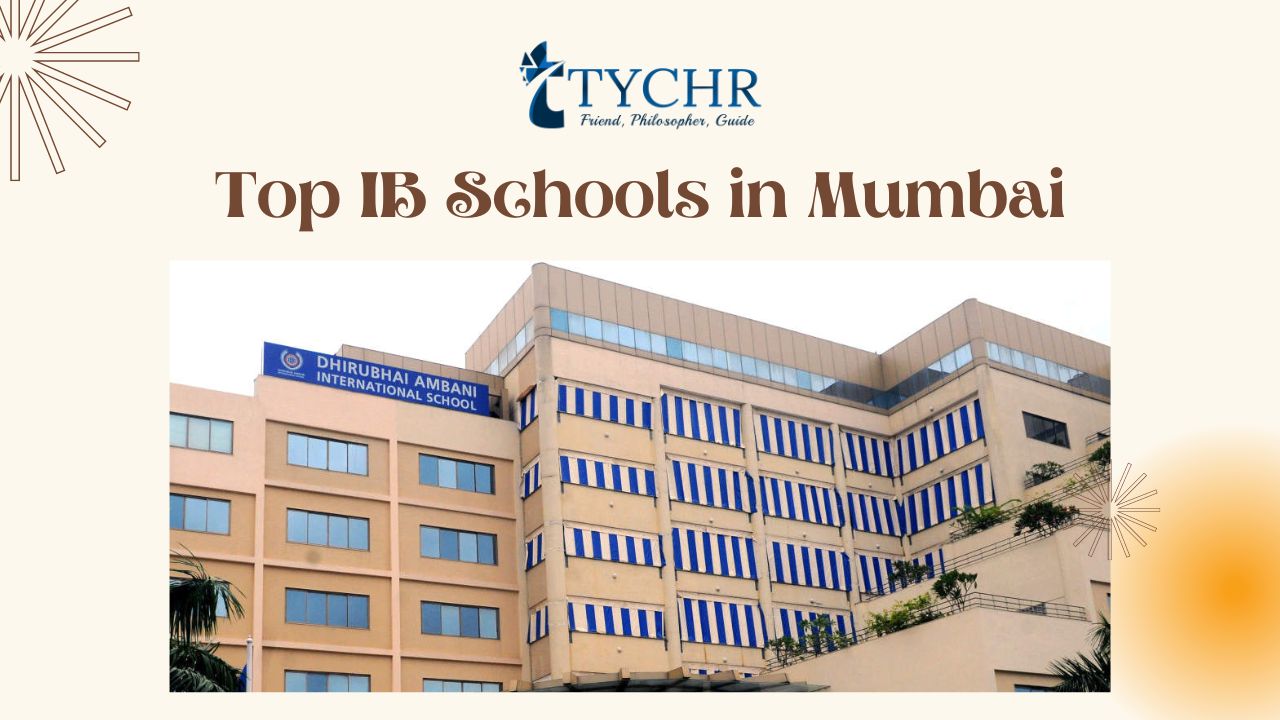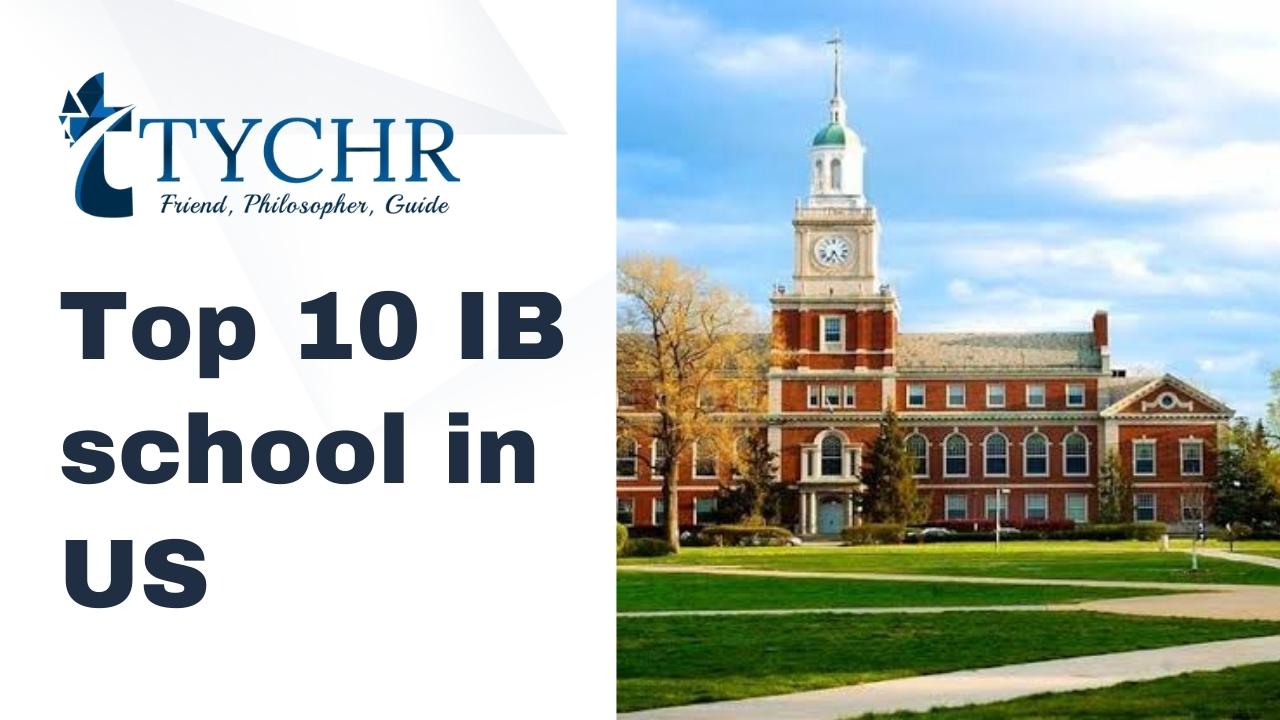Table of Contents [hide]
Welcome to the captivating world of Romanticism, where emotions run deep and imagination knows no bounds. In this blog post, we will dive into the realm of poetry in Romanticism, exploring how these two powerful forces intertwine to create some of the most profound and moving literary works in history.
Romanticism emerged as an artistic and intellectual movement in the late 18th century, challenging traditional norms and celebrating individuality, passion, and freedom. Poetry, on the other hand, is a form of expression that allows us to convey our deepest thoughts and feelings through carefully crafted words.
The connection between Romanticism and poetry is undeniable. It was during this period that poets sought to capture the essence of human experience by delving into themes like love, nature, spirituality, and the sublime. Through their evocative verses filled with vivid imagery and intense emotions, they transported readers into worlds brimming with beauty or haunted by melancholy.
In this exploration of poetry in Romanticism, we will uncover its distinctive characteristics that set it apart from other forms of verse. We’ll also take a closer look at some renowned poets who left an indelible mark on this era with their lyrical masterpieces. And for those aspiring poets out there seeking guidance on how to write romantic poems themselves – fear not! We have some tips up our sleeves just for you.
So buckle up as we embark on a poetic journey through time – where hearts beat faster with every line read aloud; where landscapes unfurl before our eyes through metaphorical brushstrokes; where raw emotions find solace amidst quill strokes dancing across parchment. Let’s delve into the depths of emotion and imagination together
What is Romanticism?
Romanticism, at its core, is a movement that swept across art, literature, and music in the late 18th and early 19th centuries. It was a rebellion against the rationality and orderliness of the Enlightenment era. Instead, Romanticism embraced emotion, individuality, and imagination.
During this period, artists sought to explore the depths of human emotions through their works. They were fascinated by nature’s beauty and power – from awe-inspiring landscapes to tumultuous storms – seeing them as reflections of their own turbulent souls.
Romanticism celebrated the individual experience and rejected societal constraints. It valued personal freedom above all else – whether it be expressing oneself artistically or challenging social norms.
One key aspect of Romanticism was its emphasis on imagination. Artists believed that true creativity stemmed from tapping into the realm of dreams and fantasies; they saw imaginative ideas as powerful tools for understanding both oneself and the world.
In literature, Romantic writers infused their works with heightened emotions like love, longing, despair or joy. These works often featured supernatural elements or explored mysterious realms beyond reality’s confines.
Overall, The essence of Romanticism lies in capturing intense emotions and embracing imagination as a means to understand ourselves better. This movement shook up traditional conventions while encouraging individuals to find solace in self-expression through various artistic mediums.
What is Poetry?
Poetry, an art form as old as human civilization itself, is a powerful means of expression that transcends the boundaries of language and culture. It is a symphony of words carefully crafted to evoke emotions and ignite the imagination.
At its core, poetry is a form of creative writing that uses rhythm, meter, imagery, and figurative language to communicate complex ideas and feelings. Unlike prose, which follows a more straightforward narrative structure, poetry often embraces ambiguity and invites multiple interpretations.
Poetry can take many forms – from sonnets to haikus, from free verse to epic poems. Each form has its own set of rules and conventions but ultimately allows the poet freedom to push the boundaries of language.
One key aspect of poetry is its ability to capture fleeting moments or intense emotions in vivid detail. A skilled poet can transport us into their world through their choice of words and imagery. Whether it’s describing the beauty of nature or conveying deep sorrow or joy, poets have an uncanny ability to tap into our shared human experience.
Furthermore, poetry serves as a medium for social commentary and political activism. Throughout history, poets have used their verses to challenge societal norms, advocate for justice, or simply shed light on important issues facing humanity.
In essence, “What is Poetry?” may seem like a simple question with no definitive answer. However, it encompasses so much more than just words on paper; it holds within its lines the power to move hearts, speak truths, and connect souls across time and space.
The Relationship Between Romanticism and Poetry
Romanticism is a movement that emerged in the late 18th century as a response to the Industrial Revolution and Enlightenment ideals. It emphasized individuality, emotion, and imagination over reason and logic. In this context, poetry became an ideal medium for expressing the intense emotions and imaginative visions of the Romantic poets.
Poetry allowed these writers to delve into the depths of human experience and explore themes such as love, nature, spirituality, and the sublime. The Romantics rejected strict poetic forms and rules in favor of more personal expression. They sought to capture raw emotions through vivid imagery, powerful metaphors, and musical language.
The Romantics believed that poetry had the power to connect people with their own innermost feelings as well as with universal truths about humanity’s place in the world. Through their poems, they aimed to awaken readers’ senses, evoke strong emotions, provoke thought-provoking ideas or philosophies.
Characteristics of Romantic Poetry
Romantic poetry is a genre that emerged during the late 18th and early 19th centuries as a reaction against the rationalism and scientific progress that characterized the Enlightenment period. It sought to explore the depths of human emotions, imagination, and individual experiences.
One of the key characteristics of romantic poetry is its emphasis on nature. Romantics believed that nature was not just a backdrop for human existence but also held profound spiritual significance. They saw beauty in landscapes, seasons, and natural phenomena, using them as metaphors to convey their innermost feelings.
Another hallmark of romantic poetry is an intense focus on emotions. Poets often explored themes such as love, longing, melancholy, and even despair with raw honesty. Their language was rich with vivid imagery and evocative descriptions that aimed to stir deep emotional responses in readers.
Romantic poets were also known for their celebration of subjectivity and individuality. They rejected societal norms and conventions in favor of personal freedom and expression. This led them to write introspective poems that captured their unique perspectives on life’s joys and sorrows.
Additionally, romantic poetry often featured supernatural elements or fantastical settings. These imaginative elements allowed poets to escape from reality into realms where anything was possible – a reflection of their desire for escapism from an increasingly industrialized world.
Romantic poetry broke free from traditional forms and approached writing with spontaneity. It prioritized emotion over reason while embracing nature’s beauty as a source of inspiration. These characteristics continue to shape our understanding of this influential literary movement today.
Famous Romantic Poets
The era of Romanticism produced some of the most acclaimed poets in history. These individuals were not just writers; they were artists who used words to express their deepest emotions and explore the depths of the human experience.
One such poet is William Wordsworth, whose lyrical ballads captivated readers with their vivid descriptions of nature and profound meditations on life. His poem “I Wandered Lonely as a Cloud,” commonly known as “Daffodils,” remains an enduring masterpiece that transports readers to a world filled with beauty and wonder.
Another renowned figure in Romantic poetry is Samuel Taylor Coleridge, best known for his epic work “The Rime of the Ancient Mariner.” This haunting tale of a cursed sailor has fascinated readers for centuries with its blend of supernatural elements and moral lessons.
Percy Bysshe Shelley was another influential poet during this time. His passionate verses explored themes such as love, freedom, and social justice. One notable example is his famous sonnet “Ozymandias,” which reflects on the transience of power and empire.
John Keats, considered one of the finest lyric poets in English literature, also left an indelible mark on Romantic poetry. His works like “Ode to a Nightingale” and “To Autumn” are celebrated for their rich imagery, sensuality, and exploration of mortality.
These poets were trailblazers who embraced imagination over reason and believed in expressing raw emotions through their art. Their contributions paved the way for future generations to dive into worlds created by words alone.
In conclusion (not concluding), these famous Romantic poets continue to inspire us today with their ability to evoke powerful emotions through their exquisite use of language. Their legacy serves as a reminder that poetry can be both timeless and deeply personal—an artistic medium capable of exploring our shared humanity while simultaneously taking us on extraordinary journeys within ourselves.
How to Write a Romantic Poem
So, you’ve been inspired by the romantic poets and want to try your hand at writing a romantic poem of your own. That’s wonderful! Writing poetry is a beautiful way to express emotions and capture the essence of love, longing, and imagination.
To begin with, immerse yourself in the world of romanticism. Read poems by famous Romantic poets such as William Wordsworth, Samuel Taylor Coleridge, John Keats, and Lord Byron. Pay attention to their use of vivid imagery, intense emotions, and the exploration of nature.
Next, find a source of inspiration for your poem. It could be a person you’re deeply in love with or an experience that stirred your soul. Let these feelings guide you as you put pen to paper.
When it comes to structure and form, there are no strict rules in romantic poetry. You have the freedom to experiment with different styles like sonnets or free verse. Just remember that capturing raw emotion is key.
Use descriptive language to paint a vivid picture in the reader’s mind. Choose words that evoke powerful emotions and create sensory experiences – sight, sound, touch – all play important roles in conveying feeling through words.
Don’t shy away from exploring themes such as love’s ecstasy or heartbreak; both are integral parts of romance. Allow yourself to delve into deep emotions while maintaining authenticity and sincerity.
Lastly but most importantly – revise! Take time to read over your poem once it’s written. Look for areas where you can enhance imagery or tighten up lines for greater impact. Poetry is meant to be felt deeply by both writer and reader alike.
Remember that writing a romantic poem is about expressing what lies within your heart sincerely and passionately. Don’t be afraid to let go of inhibitions and embrace vulnerability on this poetic journey!
Conclusion
Poetry in Romanticism is a captivating and powerful expression of the depths of human emotion and imagination. It emerged as a response to the changing world and sought to evoke strong emotions, celebrate nature, and explore the inner workings of the human mind.
Romantic poets embraced individuality and freedom of expression, using vivid imagery, intense emotion, and personal experiences to create their art. They broke away from traditional forms and rules of poetry, allowing for greater creativity and experimentation.
Through their words, these poets captured the essence of love, longing, despair, beauty, and transcendence. Their works continue to resonate with readers today as they delve into universal themes that touch our hearts.
Whether you are inspired by the great Romantic poets or wish to embark on your own poetic journey within this movement’s spirit – remember that romantic poetry invites you to let your imagination run wild! Embrace your emotions fully; paint pictures with words; explore both joyous heights and melancholic depths.
So go ahead – pick up your pen or open a blank document on your screen. Let yourself be carried away by passion as you write verses that capture the essence of romance in all its forms. Let poetry in Romanticism be your guide as you venture into an artistic realm where emotions flow freely!
And who knows? Perhaps one day someone will read YOUR words with awe-struck wonderment – just like we do when we dive into poems written during this extraordinary era known as Romanticism!











